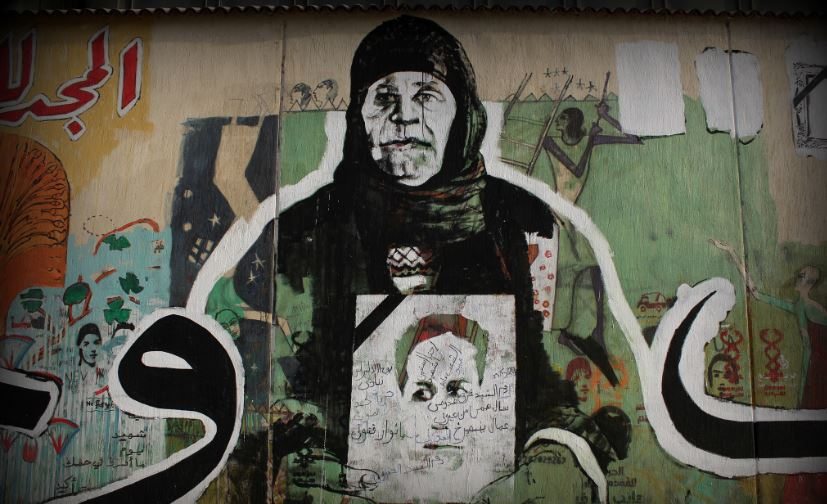Most people see street art as a form of vandalism, but the people that are into it view things quite differently. To them it is a message that won’t easily fade away and speaks volumes, the artist always has a ‘public service announcement’ with their works.
These messages are usually directed towards the government and they unapologetically make bold political statements to the rulers.
The streets of Egypt were devoid of street art prior to the revolution. Until 2011, you’d hardly find any street art in Egypt.

Crimes of the then Egyptian regime were now being documented by graffiti artists all over Cairo. “The artists have transformed the city’s walls into a political rally that will never end.”
According to the Smithsonian Magazine, “the graffiti has become a self-perpetuating movement. The images provoke the government, which responds with acts of cruelty that only increase the resolve of the artists.”
To have a street art displaying the ills of the government will not be tolerated by any regime. The government makes sure to paint over or deface the graffiti, but the artists always find a way to get them back up.

“Erase even more, you cowardly regime, Erase and I will draw again,” Ammar Abo Bakr fine art professor wrote on a wall in a message to the government whitewashers, who paint over the graffiti.
Like Abo Bakr many revolutionary street artists see their works as social campaigns. Ahmed Naguib first drew a graffiti in July 2011 to demonstrate against the ruthless actions of the Supreme Council of the Armed Forces.

Naguib said, “people singing revolutionary slogans come and go,” adding, “but the graffiti remains and keeps our spirits alive.”
To some also, “the graffiti represent the creativity of people to develop new tools for protest and dialogue that are stronger and more permanent than the tyranny of their rulers.”
Mia Gröndahl, a writer and photographer who has lived in Cairo since 2001, and author of Revolution Graffiti: Street Art of the New Egypt said, Egyptians have fallen in love with street art.

“There is an old heritage of expressing yourself in images here, so they are no strangers to it. It has become an integrated part of the continuous struggle for freedom. The graffiti reminds people that the revolution isn’t over yet.”
Graffiti in Egypt is a vociferous yet persuasive instrument of protest that the people use to send their messages to the government. It is therefore not far-fetched to say, street art is by the people for the people.

The new generation after the revolution has a clear picture of what they want their Egypt to represent and one way this future is projected is through street art.









